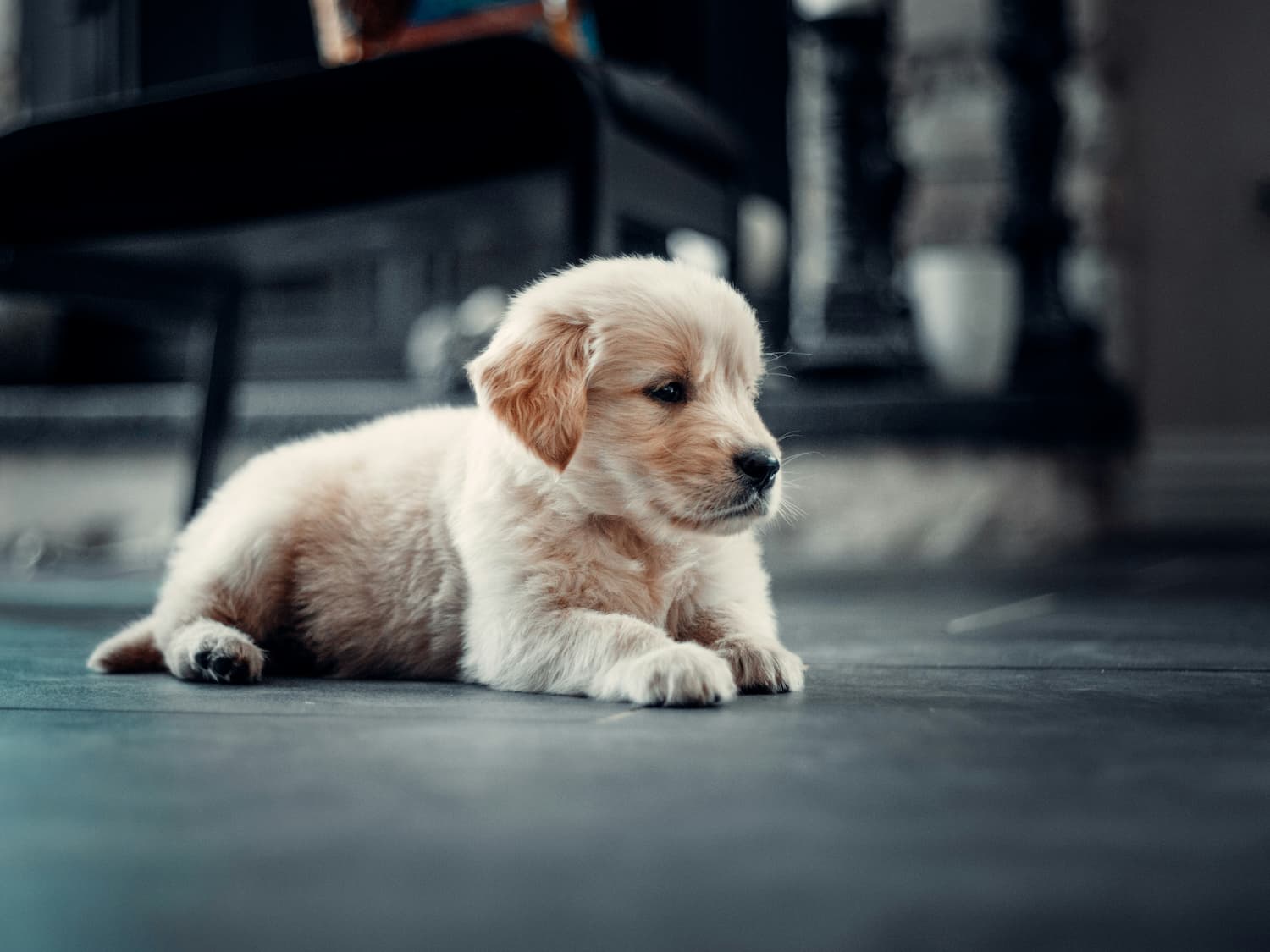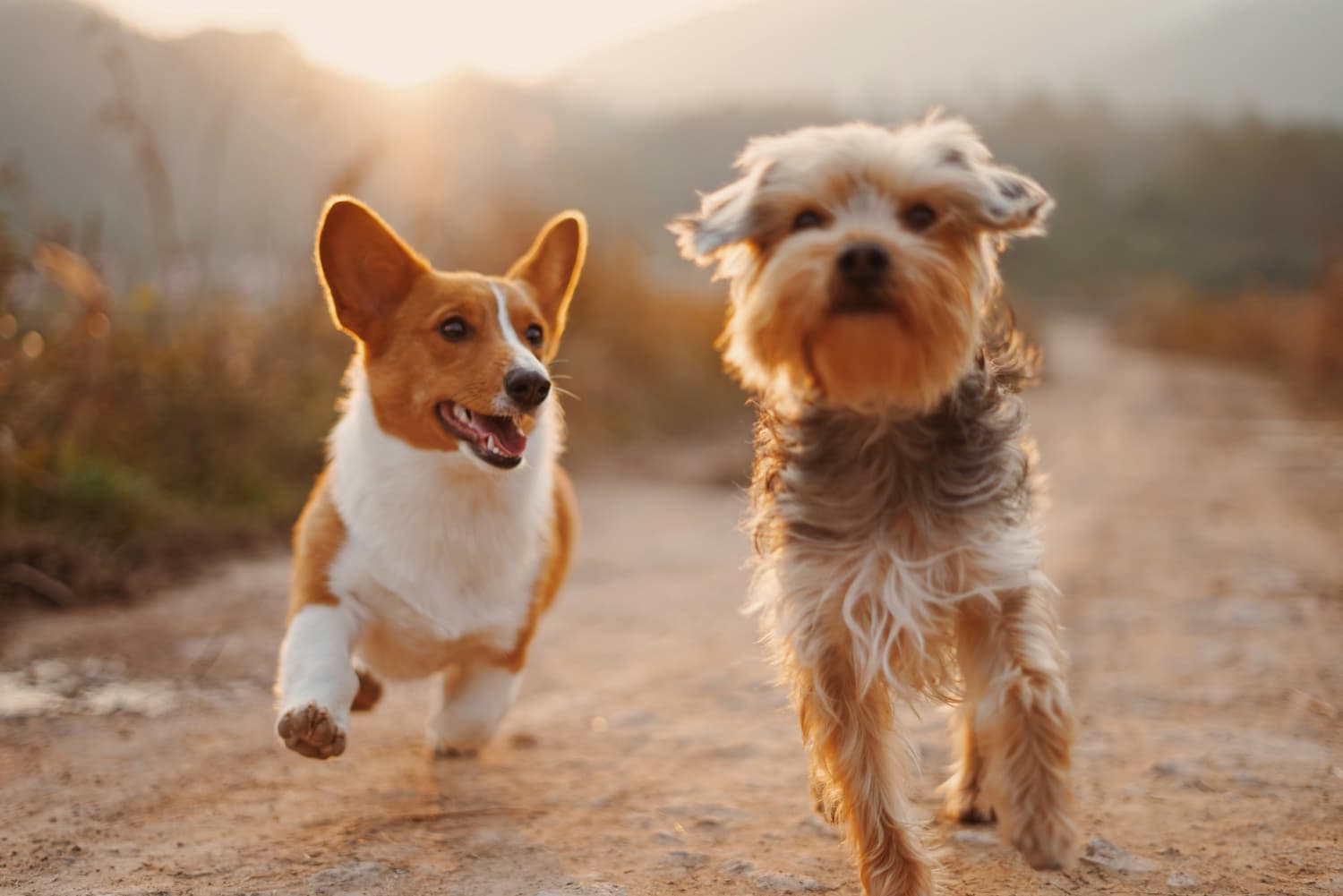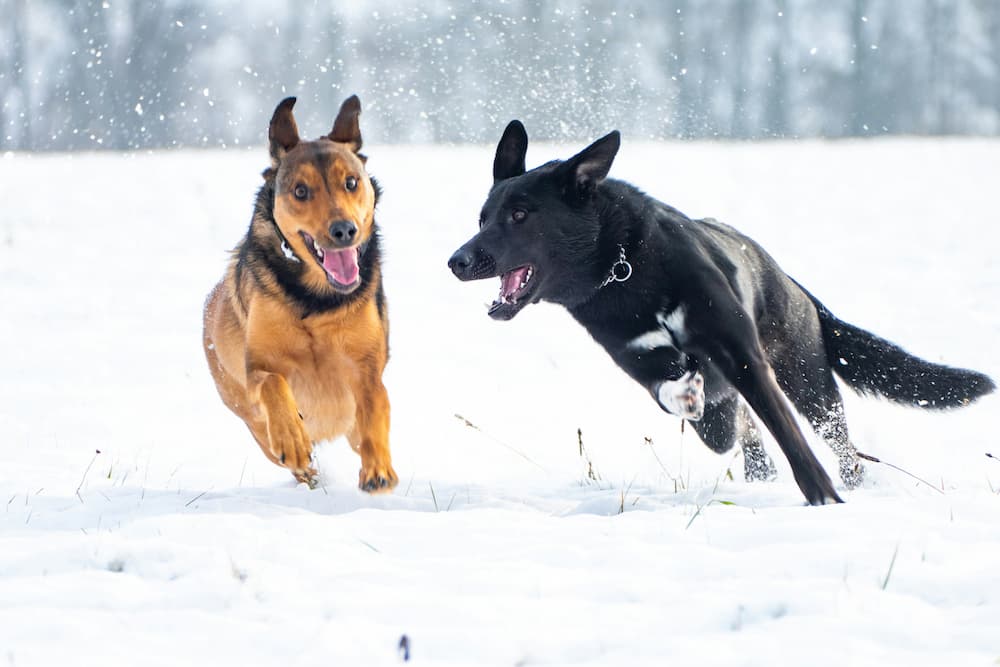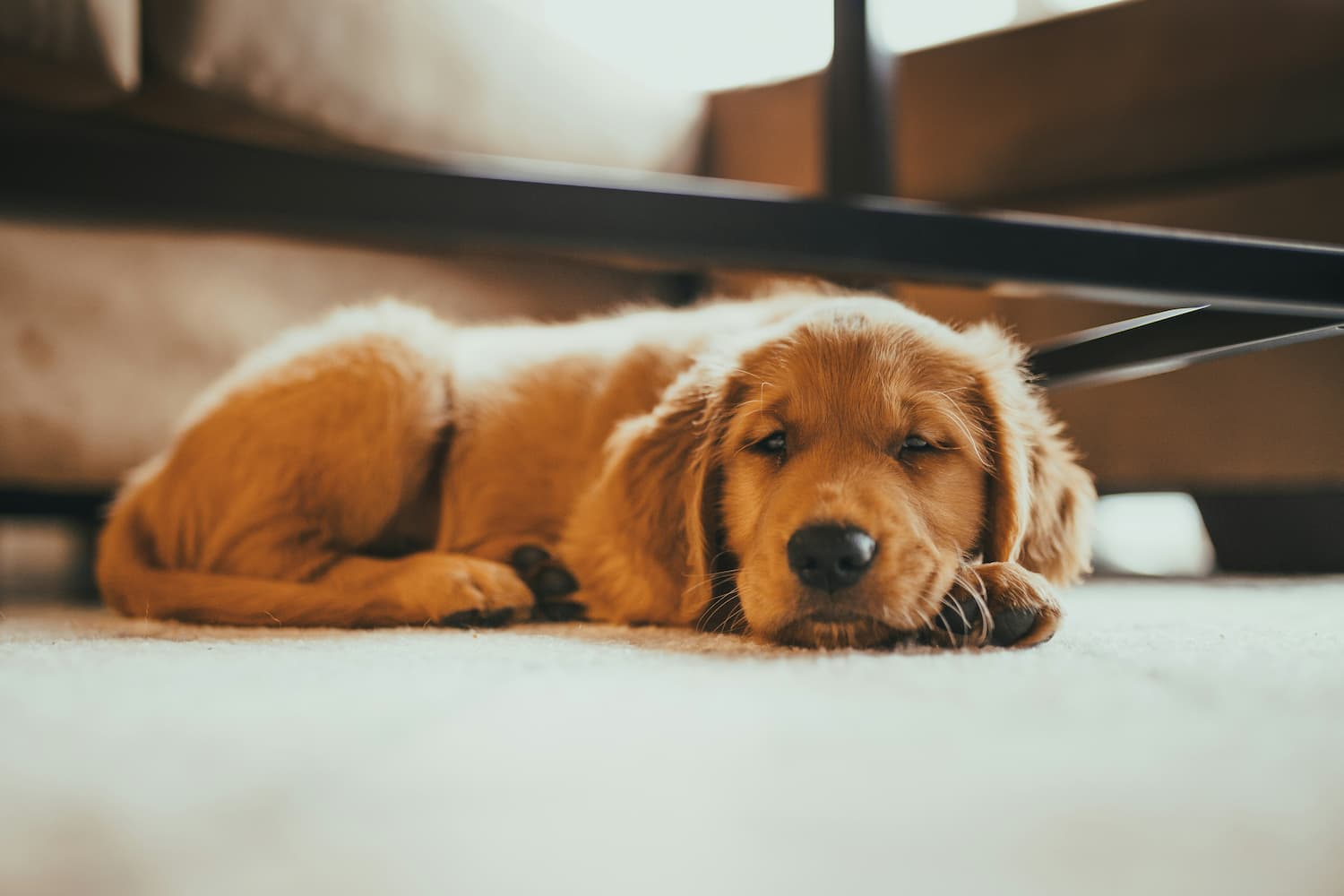That tiny bundle of fluff bouncing into your home brings immeasurable joy… and chewed slippers, puddles in unexpected places, and maybe a nip or two. Welcoming a puppy is a whirlwind of love and learning – for both of you. Knowing where to start with puppy training tips can feel overwhelming amidst the chaos of puppyhood. This comprehensive puppy training guide is designed specifically for families like yours, packed with practical puppy training techniques.

Benefits of Puppy Training
Puppy training isn’t just about obedience — it’s about safety, social development, and lifelong harmony.
Why it matters:
According to the American Veterinary Society of Animal Behavior (AVSAB), “Early and adequate socialization and programs of positive training can go a long way to preventing behavior problems and improving bonding between humans and dogs.”
When Should You Start Puppy Training?
The ideal time to start puppy training is the moment you bring them home, typically around 8 weeks of age. Their brains are incredibly receptive sponges, ready to learn about their new world.
8-12 Weeks: The Critical Socialization & Foundation Window
This period is paramount. Focus on:
3-6 Months: Expanding Skills & Focus
Build on foundations. Introduce more formal obedience commands (sit, down, stay, come), continue leash walking practice, and proof behaviors in slightly more distracting environments. Teething peaks here!
6+ Months: Adolescence & Refinement
Expect some regression as hormones kick in. Double down on consistency with training. Work on reliability around distractions and longer durations for commands like “stay.”

Essential Puppy Training Tips & Techniques for Success
Here’s where the practical puppy training tips shine. These core puppy training techniques are the foundation of successful training for young dogs.
1.Use Positive Reinforcement: Reward puppy for good behaviors! Use high-value treats (tiny pieces of chicken, cheese, special puppy treats), enthusiastic praise (“Yes!”, “Good dog!”), and play. Timing is critical – reward immediately as the desired behavior happens. This method is scientifically proven to be the most effective and humane way to train dogs, building a positive association with learning.
2.Keep Training Short & Sweet: Puppy attention spans are minuscule! Aim for multiple 5-10 minute training sessions scattered throughout the day. End on a positive note to keep them eager for more.
3.Consistency is Non-Negotiable: Everyone in the household must use the same commands and rules. If jumping isn’t allowed, it’s never allowed. Mixed messages confuse puppies and stall progress. Decide on house rules before puppy arrives.
4.Start Simple & Build: Master one easy skill (like “sit”) in a quiet room before adding difficulty (like duration “sit-stay”) or distractions (like practicing “sit” in the backyard).
5.Management is Your Ally: Set your puppy up for success by managing their environment. Use baby gates, leashes indoors, and crates to prevent access to temptations (like shoes or trash) and prevent rehearsal of unwanted behaviors (like chewing furniture). This is crucial while they are learning.
6.Patience, Patience, Patience: Puppies learn at their own pace. There will be accidents, setbacks, and moments of frustration. Take deep breaths, avoid punishment (yelling, hitting), and go back to a step they understand.
7.Make it Fun: Training should be enjoyable for both of you. Keep your voice upbeat, incorporate play, and celebrate small victories. If you’re stressed, your puppy will sense it.
8.Socialization is Ongoing: Continue safe, positive exposure to new experiences throughout their first year and beyond. Enroll in a well-run puppy socialization class led by a qualified trainer.
9.Address Biting Gently: Puppies explore with their mouths. When they bite too hard, redirect immediately to an appropriate chew toy. If they persist, calmly end playtime for 30-60 seconds (time-out). Never punish mouthing harshly.
10.Focus on Foundation Skills: Prioritize these core puppy training techniques:
(1)Name Recognition: Getting their attention reliably.
(2)Recall (Come): The most important safety command.
(3)Loose Leash Walking: Walking nicely without pulling.
(4)Sit/Down/Stay: Basic impulse control.
(5)Drop It/Leave It: Essential for safety and preventing resource guarding.
(6)Crate Training: For safety, travel, and providing a calm space.
(7)House Training: Consistent schedule, supervision, rewarding outdoor success.
Common Puppy Training Mistakes to Sidestep
Even well-meaning owners can unknowingly derail training. Watch out for these common traps:
Conclusion
Training your puppy may feel like a big job, but with consistency, kindness, and the right approach, it becomes a joyful experience. These puppy training tips aren’t just about teaching commands — they’re about raising a confident, well-adjusted companion.
Remember: start early, reward progress, and don’t be afraid to seek help from a professional trainer if needed. You’re not alone on this journey — and your puppy is counting on you to guide the way.
FAQ
What is the first thing you should train a puppy on?
Start with name recognition, potty training, and crate training. Teaching your puppy to come when called and to respond to their name lays the groundwork for future learning.
How long does it take to train a puppy?
Basic training usually takes 4–6 months, but it depends on your consistency, your puppy’s breed, and individual personality. Full behavioral maturity can take up to 2 years.
What is the 10 10 10 rule for puppy training?
The 10-10-10 rule is a guideline for managing a young puppy’s time, especially when they are awake and unsupervised access could lead to trouble:
After this cycle, they will likely be ready for a nap. This structure helps prevent overtiredness (which leads to biting and zoomies), provides balanced stimulation, and teaches calmness. Adjust times slightly based on your individual puppy’s age and energy level.



